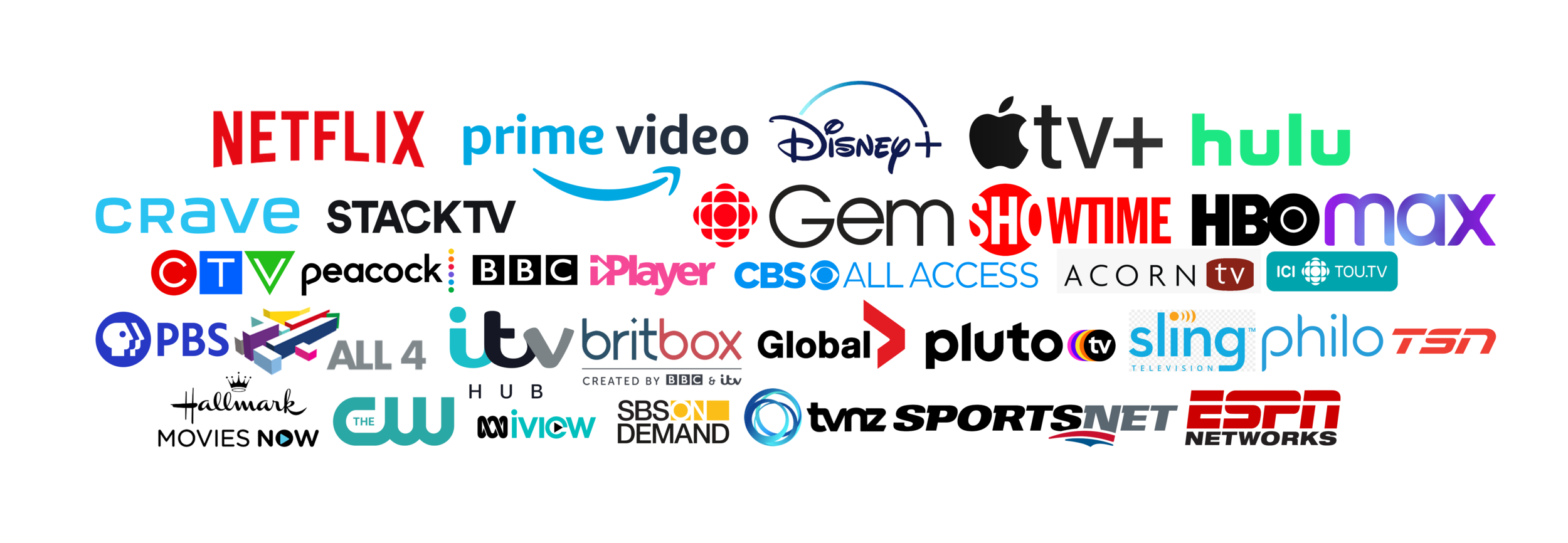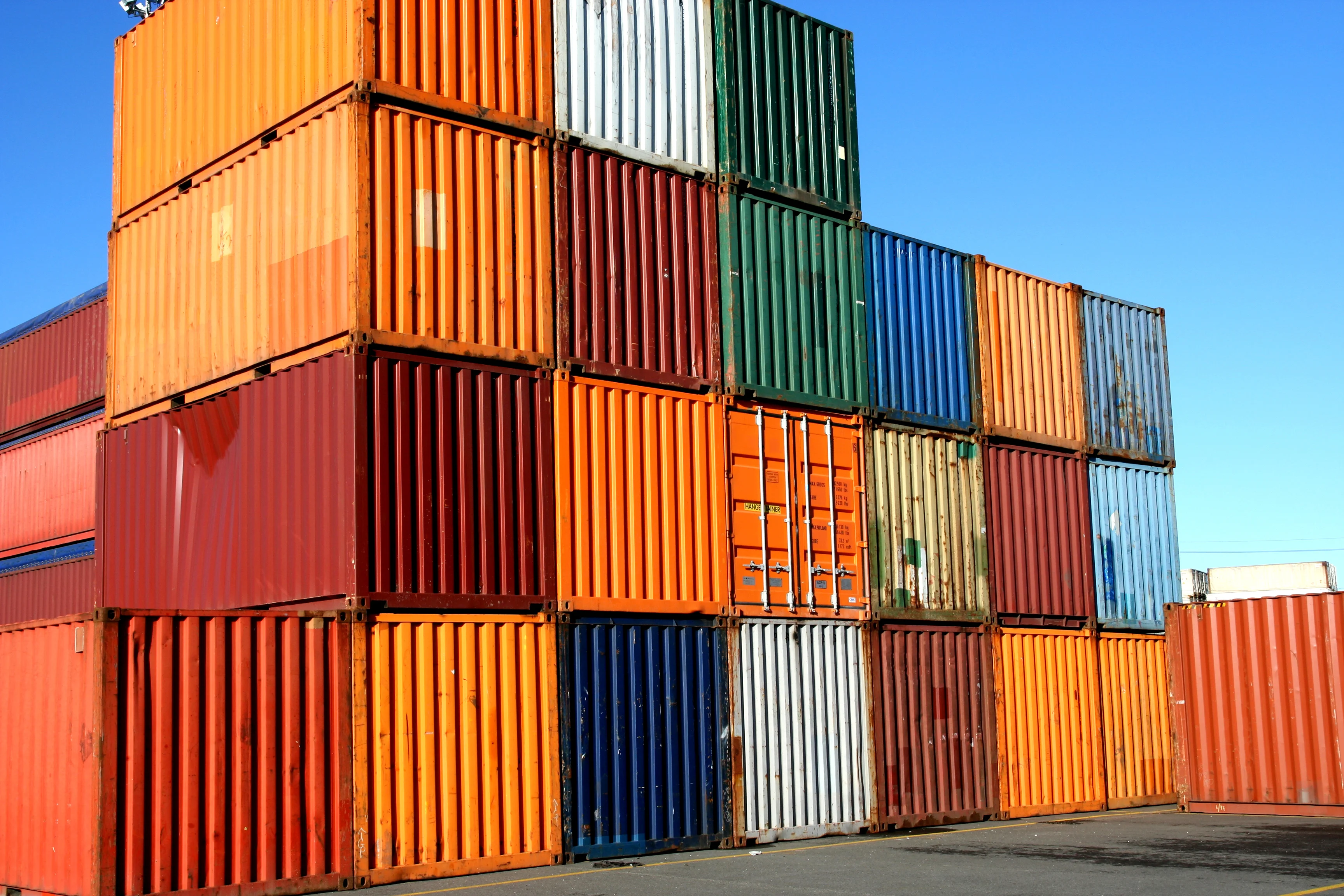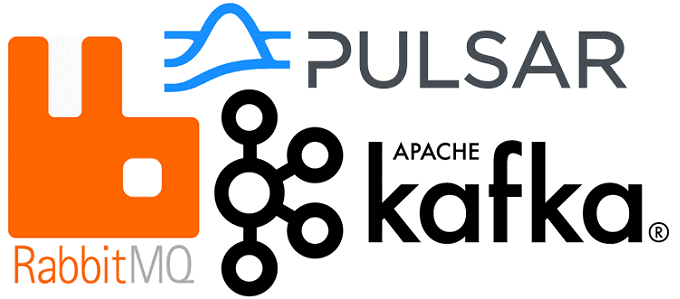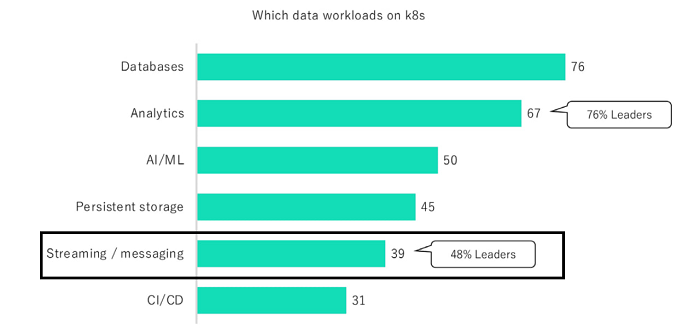Kubernetes Powered Streaming
 Sajjan Yadav
Sajjan YadavTable of contents
- What is Streaming?
- Where is Streaming Used?
- Types of Streaming?
- What are Streaming Workloads?
- Challenges of Processing Streaming Data
- What is Kubernetes?
- Apache Kafka and Apache Pulsar: Building Blocks for Real-Time Data Streaming Platforms
- Best Practices For Running Streaming Workloads On K8s
- Future Of Streaming And Streaming Platforms
- RESOURCES

What is Streaming?
Streaming is a technology that allows people to access and view digital media, such as audio, video, or games, in real-time, over the internet. Unlike traditional methods of delivering media, such as downloading a file or watching a video on demand, streaming sends media in small packets of data that are played immediately as they arrive, instead of being stored on the viewer's device first. This means that the viewer can start watching or listening to the content almost immediately, without having to wait for the entire file to be downloaded.
Where is Streaming Used?
Online Video and Music Services: Platforms like Netflix, Hulu, YouTube, and Spotify use streaming to deliver movies, TV shows, music, and other multimedia content to their customers.
Live Broadcasts: Streaming is used to deliver live events, such as concerts, sports events, and news broadcasts, over the internet.
Gaming: Online gaming services use streaming to deliver high-quality, low-latency gaming experiences to users.
Corporate Communications: Companies use streaming for internal and external communications, such as video conferences, webinars, and online training sessions.
Social Media: Social media platforms like Facebook and Twitter use streaming to deliver live videos to users.
Types of Streaming?

There are several types of Streaming, Some major Streaming types are:-
Video Streaming: This is the most common type of streaming and involves the delivery of video content over the internet, such as movies, TV shows, or live events.
Audio Streaming: This type of streaming involves the delivery of audio content, such as music, podcasts, or radio shows, over the internet.
Gaming Streaming: This type of streaming involves playing video games and broadcasting the gameplay to an online audience.
Screen Streaming: This type of streaming involves broadcasting a computer screen or mobile device screen to an online audience, often used for presentations or tutorials.
Event Streaming: This type of streaming involves broadcasting live events, such as concerts, sports events, or political rallies, over the internet.
Social Media Streaming: This type of streaming involves broadcasting live video content through social media platforms, such as Facebook Live or Instagram Live.
VR Streaming: This type of streaming involves delivering virtual reality content over the internet, allowing users to experience immersive environments and interact with digital objects in real time.
What are Streaming Workloads?
Streaming workloads refer to the processing and management of real-time media data in a streaming environment. This can include tasks such as encoding and transcoding media, delivering content to end-users, and collecting and analyzing metrics on usage and performance.
These workloads are typically used in scenarios where low-latency and high-throughput communication is required, such as in financial trading systems, social media platforms, and internet-of-things (IoT) systems.
Examples of streaming technologies include Apache Kafka, RedPanda, and Apache Pulsar.
Challenges of Processing Streaming Data
Data Velocity: Streaming data can arrive at high speeds, making it difficult to process and analyze in real time.
Data Volume: The amount of streaming data can be overwhelming, making it challenging to store and process large amounts of information in real time.
Scalability: Processing streaming data can require significant computing resources, making it challenging to scale systems to handle increased volume and velocity.
Latency: The real-time nature of streaming data requires low latency processing, making it challenging to balance the need for real-time processing with the need for accuracy.
Security and Privacy: Protecting the privacy and security of streaming data can be challenging, particularly as the data can be sensitive and personal.
What is Kubernetes?

K8s is shorthand for "Kubernetes," which is an open-source platform for automating deployment, scaling, and management of containerized applications
NOTE: If you want to know more about Kubernetes then Please refer to my Blog on Kubernetes.
How do K8s come into the Picture?
Kubernetes (K8s) was introduced into the world of streaming to address several key challenges and needs in the real-time data processing space, including:
Resource Management: Streaming platforms require a large amount of computing resources to process real-time data. K8s provides a centralized platform for managing and allocating these resources, enabling organizations to ensure that they have the necessary resources to meet their real-time processing needs.
Scalability: K8s allows for horizontal scaling of streaming applications, making it possible to add more resources to the system as the number of users and the amount of data increases.
Automation: Managing complex real-time data processing platforms can be time-consuming and error-prone. K8s provides a high level of automation, enabling organizations to deploy and manage their streaming platforms more efficiently.
High Availability: Streaming platforms must be highly available to ensure that real-time data is processed in a timely manner. K8s provides built-in mechanisms for ensuring high availability, including automatic failover and recovery.
Portability: Streaming platforms are often deployed on a variety of infrastructures, including on-premises, public cloud, and hybrid cloud environments. K8s provides a common platform for deploying and managing streaming platforms across different infrastructures, enabling organizations to choose the best-fit infrastructure for their specific needs
Popular Streaming Technologies

Apache Kafka: Apache Kafka is an open-source, distributed streaming platform that is widely used for ingesting, processing, and distributing real-time data. Apache Kafka can be deployed and managed using K8s using tools such as Strimzi, a Kubernetes operator for Apache Kafka.
Apache Flink: Apache Flink is an open-source, distributed stream processing framework that can be used to build complex, large-scale streaming applications. Apache Flink can be deployed and managed using K8s using tools such as Flink Operator, a Kubernetes operator for Apache Flink.
Redpanda: Redpanda is a distributed, real-time data streaming and processing platform. It was designed to provide high-throughput, low-latency data processing for time-sensitive use cases, such as financial trading and IoT applications.
Apache Pulsar: Apache Pulsar is an open-source, distributed streaming platform that can be used for ingesting, processing, and distributing real-time data. Apache Pulsar can be deployed and managed using K8s using tools such as Pulsar Operator, a Kubernetes operator for Apache Pulsar.
and many more I have only mentioned 4.
Apache Kafka and Apache Pulsar: Building Blocks for Real-Time Data Streaming Platforms

Kafka:
LinkedIn: One of the earliest adopters of Apache Kafka, LinkedIn uses it to handle its real-time data streams and activity data.
Netflix: Netflix uses Apache Kafka as a central repository for its application and infrastructure log data.
Uber: Uber, the ride-hailing company, uses Apache Kafka to ingest, process, and distribute real-time data from multiple sources, such as driver locations, ride requests, and payment transactions.
Pulsar:
Yahoo: Yahoo uses Apache Pulsar to power its data pipeline for online advertising.
Booking.com: Booking.com uses Apache Pulsar to handle real-time data streams from its customer's interactions with the website.
Twitter: Twitter, the social networking platform for microblogging, uses Apache Pulsar to ingest, process, and distribute real-time data from multiple sources, such as user behaviour, content creation, and advertising.
Best Practices For Running Streaming Workloads On K8s
Resource Management: Allocate resources like CPU, memory, and storage effectively to ensure that the containers running the streaming workloads have enough resources to run efficiently.
Networking: Make sure that the network is optimized for low latency and high bandwidth to minimize data transfer time between the containers.
Scalability: Implement auto-scaling to ensure that the number of containers can be increased or decreased based on the load on the system. This can be done using Kubernetes Horizontal Pod Autoscaler (HPA).
Data Persistence: Store the data generated by the streaming workloads persistently to ensure that the data is not lost in case of any failures. Kubernetes Persistent Volumes (PVs) and Persistent Volume Claims (PVCs) can be used for this.
Security: Implement security measures like network segmentation, encryption, and access control to secure the sensitive data being processed by the streaming workloads.
Monitoring and Logging: Monitor the performance and behaviour of the streaming workloads to quickly identify and resolve any issues. Kubernetes provides several tools for monitoring, such as Prometheus, Grafana, and Fluentd, which can be used for this.
Versioning: Maintain multiple versions of the streaming workloads and roll out updates and upgrades to the system in a controlled manner using Kubernetes Deployments.
High Availability: Ensure that the streaming workloads are highly available to avoid downtime. Kubernetes provides features like pod anti-affinity and replicas to achieve high availability.
Future Of Streaming And Streaming Platforms

Edge Computing: With the growth of IoT and the increasing number of connected devices, edge computing will become increasingly important for streaming platforms. Edge computing allows data to be processed closer to the source, reducing the latency and bandwidth requirements of transmitting large amounts of data to centralized data centres.
5G Networks: The widespread adoption of 5G networks is likely to drive the growth of streaming platforms. 5G networks offer higher bandwidth, lower latency, and more reliable connections, enabling new use cases for real-time data processing and distribution.
Artificial Intelligence and Machine Learning: Artificial intelligence and machine learning will play an increasingly important role in streaming platforms. AI and ML can be used to analyze and make sense of large amounts of real-time data, enabling new use cases for streaming platforms such as predictive maintenance, fraud detection, and real-time personalization.
Cloud Native: The trend towards cloud-native architectures and containerized applications will continue to drive the development of streaming platforms. Cloud-native architectures offer scalable and flexible infrastructure, making it easier to deploy and manage large-scale streaming platforms.
Multi-Cloud and Hybrid Cloud: The trend towards multi-cloud and hybrid cloud environments is likely to shape the future of streaming platforms. Streaming platforms will need to be able to operate seamlessly across different cloud environments, enabling organizations to take advantage of the best-fit infrastructure for their specific needs.
Statistics of Streaming workloads running over K8s

This is data from the DoKC research report 2022 which clearly shows that 39% of the data running on K8s is Streaming/Messaging workloads of which 48% are leaders.
RESOURCES
Subscribe to my newsletter
Read articles from Sajjan Yadav directly inside your inbox. Subscribe to the newsletter, and don't miss out.
Written by

Sajjan Yadav
Sajjan Yadav
Tech Enthusiast | Learning DevOps | Learning DSA and WebDev